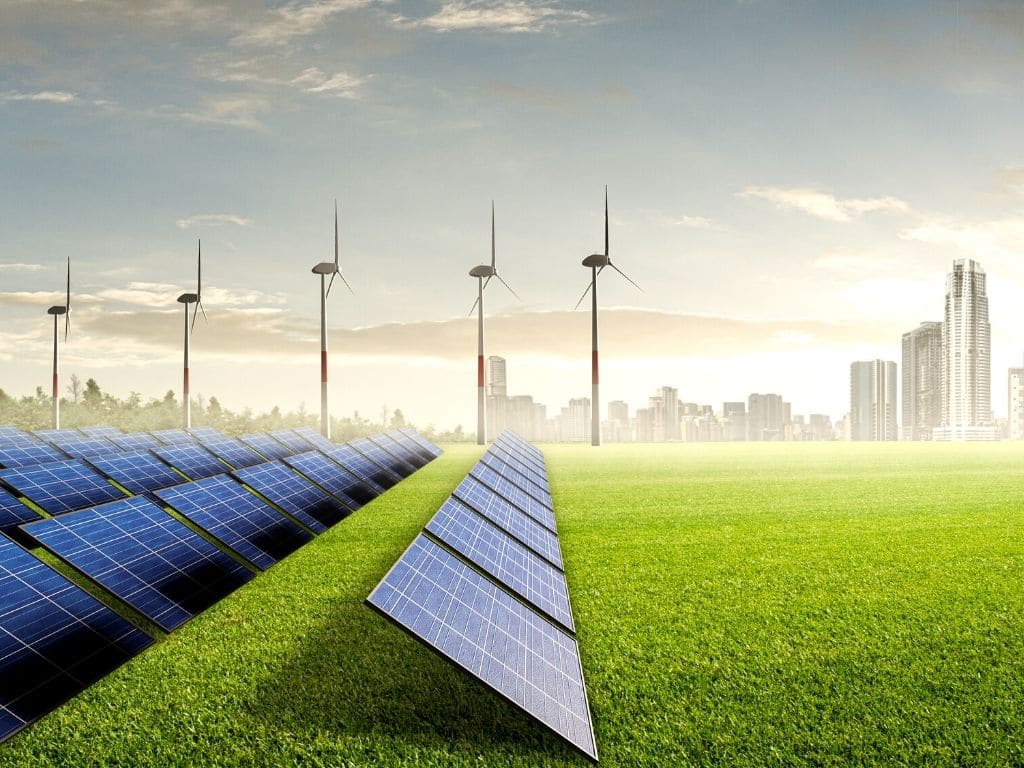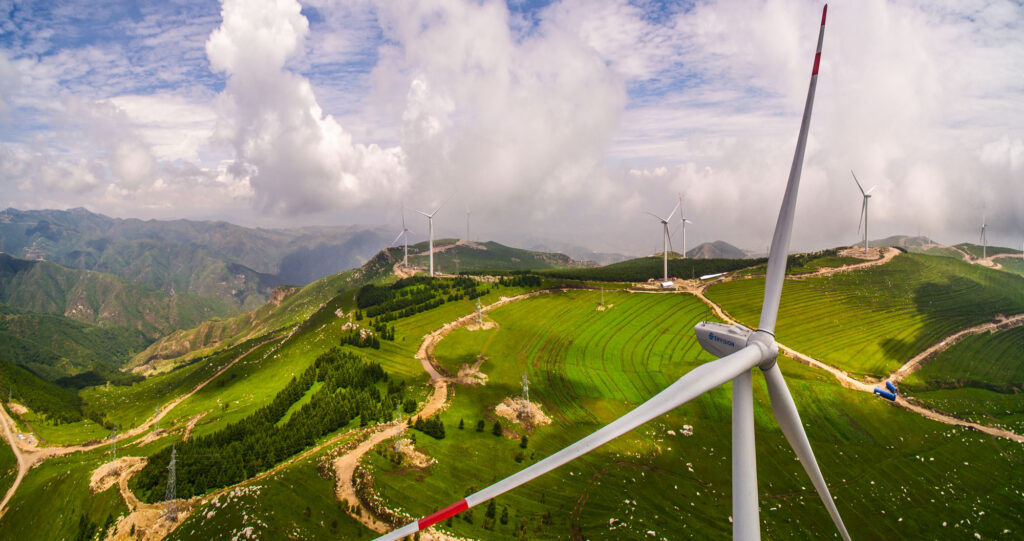Solar energy has risen to prominence as a leading green power option with massive potential to revolutionize the worldwide energy scene. Tapping into the plentiful and renewable power of the sun, solar energy provides numerous advantages for both our planet and its inhabitants.
This article delves into the pros and cons of solar energy as a green power alternative, highlighting its strengths, technological progress, and factors to consider for extensive implementation.
Eco-Friendly Perks
A primary benefit of solar energy is the substantial positive impact it has on the environment. The generation doesn’t emit any greenhouse gasses, aiding in the fight against climate change and decreasing our dependence on fossil fuels. By replacing traditional electricity production from sources like coal or natural gas, green energy contributes to cleaner air, reduced air pollution, and better public health.
Furthermore, solar power uses less water than conventional methods of electricity generation, tackling water scarcity issues in many areas.
As nations recognize the advantages of renewable energy and strive for a greener future, creating and applying a national adaptation plan, as suggested by experts from climateinstitute.ca, becomes essential to efficiently incorporate solar power into existing energy frameworks and optimize its potential for sustainable growth.

Source: earth.org
Endless and Widespread Energy Resource
Harnessing solar energy offers a renewable power solution that depends on the sun’s abundant power, which is readily obtainable across the entire world. As panel innovations improve and costs decrease, these systems have become more accessible and financially practical.
The sun supplies our planet with an inexhaustible source of energy, ensuring lasting sustainability and energy stability; this makes solar power a highly appealing choice for creating a diverse and resilient energy portfolio.
Economic Advantages
Both individuals and businesses can enjoy the monetary benefits of solar power. Installing panels onto residential or commercial properties leads to significant long-term savings on electricity expenses.
Moreover, many regions have feed-in tariff schemes and net metering in place, enabling people or businesses to sell surplus electricity produced by their systems back to the grid for an additional financial boost. With installation costs dropping and supportive government policies in place, green energy is becoming an increasingly enticing investment option.
Progress in Technology
Significant advancements in technology have been key to the swift expansion and widespread acceptance of solar energy. Photovoltaic (PV) panels are now more efficient, lightweight, and visually appealing, offering a range of installation possibilities on rooftops, solar farms, and even as part of building materials.
Cutting-edge solar cell designs, like thin-film cells, tandem cells, and perovskite cells, show potential for further improvements in efficiency and cost reduction. Additionally, progress in energy storage technologies like batteries facilitates enhanced integration of green power into the grid and ensures a steady electricity supply during periods without sunlight.

Source: bioenergyconsult.com
Employment Opportunities and Economic Development
The solar power sector has emerged as a major contributor to job creation and economic progress. The installation, manufacturing, and upkeep of panels and associated equipment offer employment prospects throughout the value chain.
As per the International Renewable Energy Agency (IRENA), the worldwide solar industry employed nearly 3.8 million people in 2019. The expansion of the sector not only bolsters local economies but also encourages innovation, research, and advancement in renewable energy technologies.
Intermittency and Grid Integration
Solar power’s intermittency, as it relies on sunlight, poses challenges for grid integration and energy storage. As the sun sets or during overcast conditions, solar generation decreases or ceases.
The effective integration of green power into the grid requires advanced energy storage systems, demand-response mechanisms, and smart grid infrastructure to ensure a stable and reliable electricity supply.
Land and Space Requirements
Solar power plants, especially utility-scale installations, require significant land area, which can present challenges in densely populated areas. Balancing the need for large-scale system installations with land use considerations, ecological impacts, and community acceptance requires careful planning and collaboration among stakeholders.

Source: energy.gov
Upfront Costs and Financing
While the costs of panels have declined significantly, the upfront investment required for system installations can still be a barrier for some individuals or businesses. Access to favorable financing options, incentives, and government support programs is crucial to make solar power financially viable and accessible for a broader range of users.
Manufacturing and Recycling
Solar panel manufacturing processes involve the use of certain materials, such as silicon, silver, and rare metals, which can have environmental impacts. Ensuring responsible manufacturing practices, resource efficiency, and recycling programs for end-of-life panels are important considerations for minimizing the environmental footprint of the solar industry.
Policy and Regulatory Frameworks
Clear and supportive policy frameworks are essential for the growth and sustainability of the solar power sector. Governments should provide long-term incentives, feed-in tariffs, net metering programs, and regulatory stability to encourage investment in green power installations.
Additionally, streamlined permitting processes and grid access for distributed generation are necessary to remove administrative barriers and accelerate solar deployment.
Community Engagement and Benefits
In addition to the environmental and economic benefits, solar power can also provide unique opportunities for community engagement and local empowerment. Community projects, for instance, allow individuals or groups to collectively invest in and benefit from solar installations, even if they cannot install panels on their own properties.
These projects foster a sense of ownership, collaboration, and shared benefits within the community, promoting renewable energy awareness and encouraging broader participation in clean energy initiatives.

Source: en.wikipedia.org
Resilience and Energy Independence
Solar power contributes to energy resilience and independence by diversifying the energy mix and reducing reliance on centralized power generation. Distributed solar installations, such as rooftop panels on residential and commercial buildings, decentralize electricity production, making communities more resilient to power outages and reducing the vulnerability of relying solely on centralized grids.
In remote areas or during natural disasters, green power can provide essential electricity supply, supporting critical services and emergency response efforts.
Solar power’s environmental benefits, renewable nature, financial advantages, technological advancements, job creation potential, community engagement opportunities, and contributions to energy resilience make it a compelling solution for clean energy transition.
While obstacles like inconsistency, land needs, initial expenses, production factors, and regulatory structures are present, tackling these issues through ingenuity, encouraging policies, and community engagement can boost the widespread implementation of solar energy.
By utilizing the sun’s power, we can expedite the shift towards a greener energy future, lower carbon emissions, enhance air quality, generate employment opportunities, and foster resilient communities. Adopting solar energy is not merely about choosing an eco-friendly energy source but also about welcoming a more promising and sustainable future for upcoming generations.





















